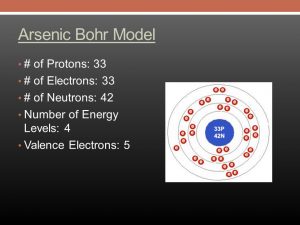

Notice also the small size compared to the others: it is in the vicinity of the nucleus. In the first line, the 1 s 1s 1 s orbital and its spherical shape. Going up with the value of n n n, we would meet even more complex orbitals, like g g g, but they don't appear in the elements we know at this time: talking of them would be meaningless! The shape of some of the atomic orbitals. Their shapes are even more complex than the one of the d d d orbitals. Our favorite of these shapes is a donut with a pear on each side.įor n = 4 n=4 n = 4 we add another set of orbitals, the 4 f 4f 4 f. These are the 3 d 3d 3 d orbitals, and they assume various shapes. Instead of spherical, they have a dumbbell shape.įor n = 3 n=3 n = 3 we have the same orbitals we've just met, with the addition of the ones associated to l = 2 l=2 l = 2, for which m m m can assume five different values: m = − 2, − 1, 0, 1, 2 m=-2,-1,0,1,2 m = − 2, − 1, 0, 1, 2. We call these orbitals 2 p 2p 2 p, and to distinguish the three orientations we add a coordinate to them: 2 p x 2p_x 2 p x , 2 p y 2p_y 2 p y , and 2 p z 2p_z 2 p z . There is a single orbital, called 1 s 1s 1 s, with a spherical shape.įor n = 2 n=2 n = 2 there are two possible values for l l l: l = 0 l=0 l = 0 and l = 1 l=1 l = 1.įor l = 0 l=0 l = 0, m = 0 m=0 m = 0 too, and we get another spherical orbital, 2 s 2s 2 s.įor l = 1 l=1 l = 1 there are three possible values of m m m: m = − 1, 0, + 1 m=-1,0,+1 m = − 1, 0, + 1. Let's proceed in order with the quantum numbers, starting with the electronic shell closest to the nucleus.įor n = 1 n=1 n = 1, the other quantum numbers are l = 0 l=0 l = 0 and m = 0 m=0 m = 0.
#Valence electrons in antimony how to
We need to take a closer look at the various orbitals to understand how to calculate the effective nuclear charge. M = − l, − l + 1, …, l − 1, l m= -l,\ -l+1,\ \ldots,\ l-1,\ l m = − l, − l + 1, …, l − 1, lĮlectrons with equal n n n and l l l but different values of m m m have identical energy: we call the respective orbitals degenerate. It varies according to the value of l l l: The magnetic quantum number, m m m, which is associated with the orientation of the orbitals in space. Its values are related to the value of n n n, being the integer numbers from 0 0 0 to n − 1 n-1 n − 1: The azimuthal quantum number, l l l, which describes the shape of the region where it is possible to find the electron. The value for n n n can be any integer, positive value: The smaller the number, the closer the electron. The principal quantum number, n n n, which gives an indication on the distance of the electron from the nucleus. That's why we speak of quantized - " quanta" is a Latin word for "discrete quantity". An orbital is described by a set of discrete integer numbers called the quantum numbers.


 0 kommentar(er)
0 kommentar(er)
